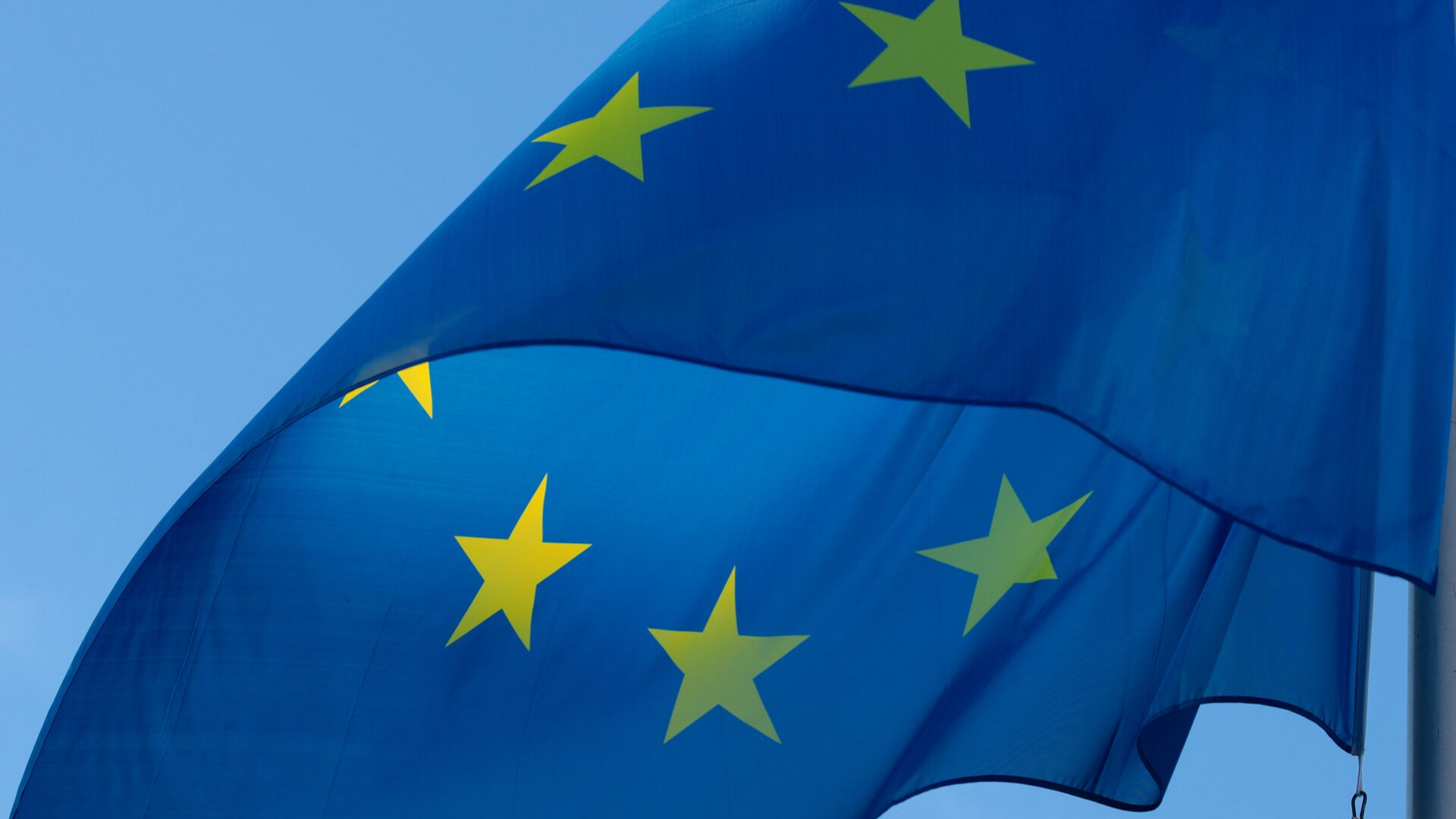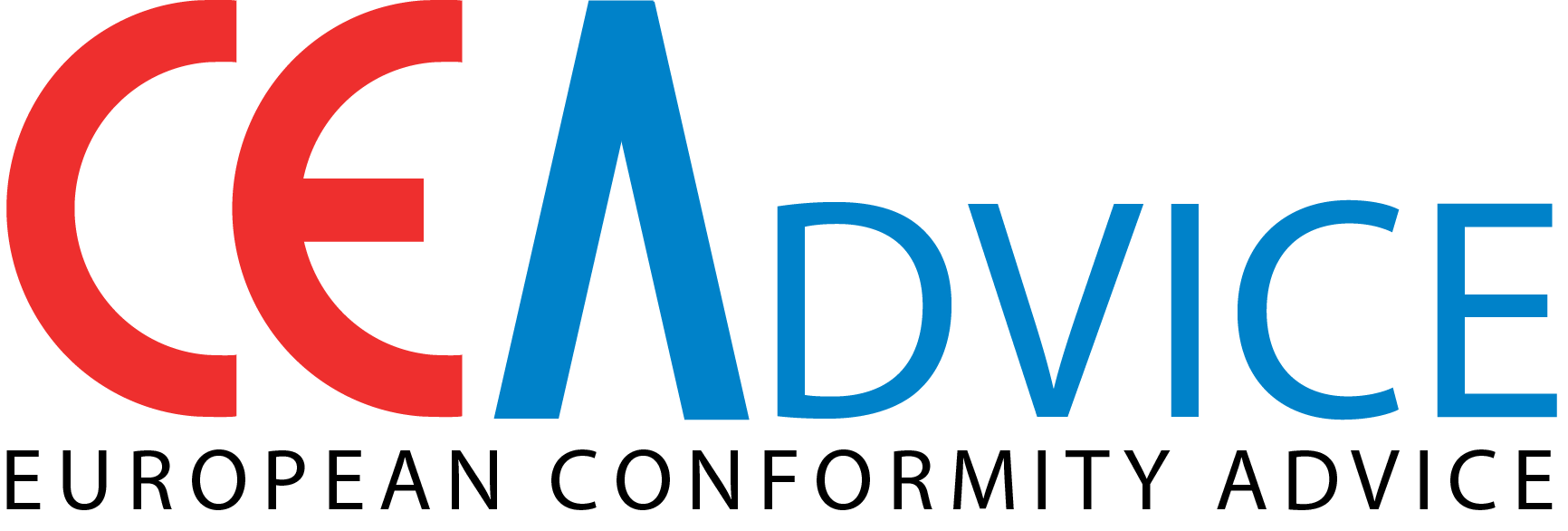CE marking of doors, windows, shutters, gates and related building hardware
The CE marking is mandatory for doors, windows, shutters, gates and related building hardware.
These products are construction products according to the Regulation 305/2011/EC which through harmonized standards on these products imposes the CE marking.
IN-DEPTH
WHO HAS TO MAKE THE CE MARKING OF DOORS, WINDOWS, SHUTTERS AND GATES?
The CE marking must be carried out by the manufacturer or his substitute (authorized representative or importer), established in Europe.
An extra European manufacturer CANNOT perform CE marking even if its products comply with the laws and if he does it, the CE marking is illegal.
ONLY A RESIDENT IN THE EUROPEAN COMMUNITY CAN CARRY OUT THE CE MARKING
THE ESSENTIAL HEALTH AND SAFETY REQUIREMENTS SHOULD BE
SATISFIED IN ORDER TO ENSURE THAT THE PRODUCT IS SAFE
LAW REQUIRES THE TECHNICAL FILE FOR ALL PRODUCTS, WITHOUT ANY EXCEPTION
THE LAW PUNISHES THOSE WHO PLACE PRODUCTS ON THE MARKET WITHOUT PROVING THEIR NON-DANGEROUSNESS IN A FORMAL WAY
HOW TO CE MARK DOORS AND WINDOWS?
The internal doors and windows, those that connect two rooms and the external doors and windows, belong to two different types and have different CE marking methods.
Doors and windows that have thermal insulation are subject to a CE marking method, which necessarily includes initial type tests, performed by a Notified Body.
ATTENTION: the test certificates are NOT the CE mark, they are only a component of it.
Only in some cases, as mentioned above, the certificates are indispensable for making the CE marking, which is ALWAYS mandatory.
CE certificates even if issued by a Notified Body do NOT replace the CE marking.
In any case, for all the products, the technical file must be prepared and made available to the market control authorities.
Failure to present the technical file in response to a duly reasoned request by the competent national authorities may constitute sufficient grounds for doubting the conformity of the product with the essential health and safety requirements.
CE MARKING OF GATES
The gates are divided into various types and for the purposes of CE marking it is necessary to distinguish between:
- motorized
- manuals
Each of these categories is divided into two other sub-categories of gates:
- sliding
- knocker
Motorized gates fully enter into the Machinery Directive 2006/42/EC ( visit our page CE marking of machineries) and must be CE marked in compliance with this directive, while manual gates are included in construction products and are subject to a specific harmonized standard.
For single constructions, that is not standard, it is sufficient to provide for self-certification procedures, which are mandatory, but feasible for companies with a minimum of commitment.
THE CE MARK

BASE INFOS
Do you know the basic information on CE marking?
What’s the CE marking?
The CE marking is a mandatory procedure for all products covered by a Community directive, it must be carried out by the manufacturer or the authorised representative established in the European Union, which declares by means of the Declaration of Conformity (or Performance for construction products only), which the product complies with the safety and health requirements, provided for in the relevant Community directives or regulations in addition to avoid problems with the authorities and the police in case of control.


Who should make the CE marking?
The CE marking is a process that must be carried out by the product manufacturer or his authorised representative established in the European Community who, with the Declaration of Conformity, declares that the product complies with the safety and health requirements of the law. You can ask for advice on CE marking, but you can’t let others do it, unless you name a representative, that is, a legal agent. In any case, anyone who sells the product under his own name is totally responsible for it.
If you live in a non-EU country, can you mark CE your product?
No, the directives clearly clarify that ONLY a resident in the European Community can carry out this activity.
Therefore, if a non-European subject supplies a CE marked product, that mark is always illegal, even if the product complies with European laws. It is necessary to distinguish between the product, which enters the EU market, and the producer, if it is outside the EU, the law demands a substitute (importer or agent).


Beware of scams! What is the CE certificate?
The certificate or certification is NOT the CE mark, on this aspect there is a lot of confusion and many scams, for customers and for the authorities. At most, a certificate is a component of the CE mark but does not replace it. Never!
On the CE marking many have an interest in creating confusion! We help you to clarify and you can have our assistance and advice.
We're here to help you!
Headquarters
9 Island Ave, Apt 1715
Miami Beach FI 333139
Write us
info@ceadvice.com
Call us
+1 305 772 2123
Mon-Fri from 9 am to 6 pm

